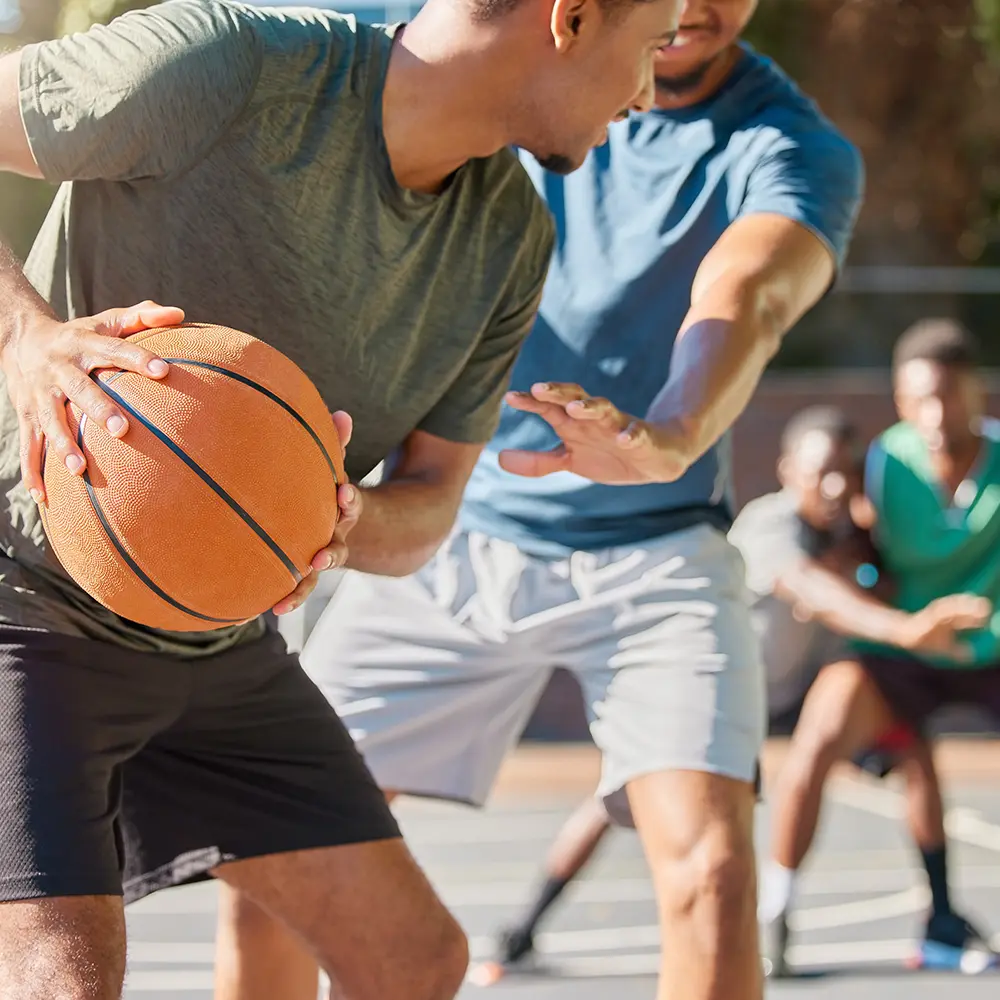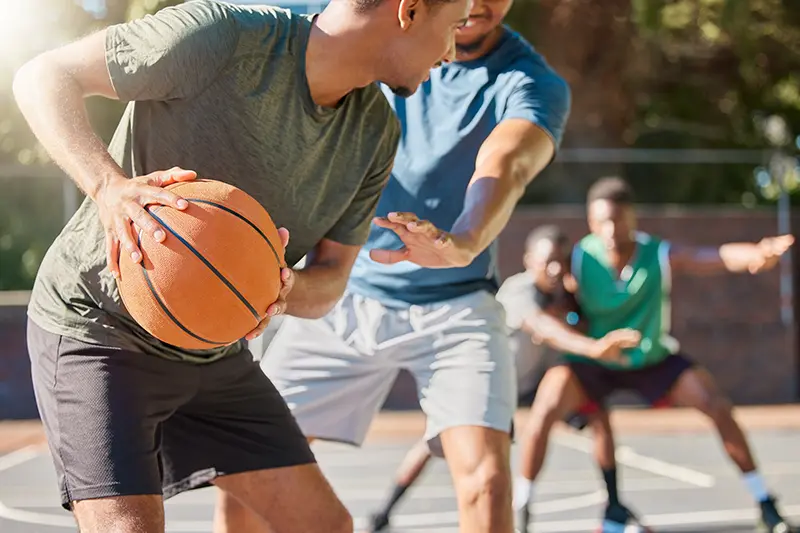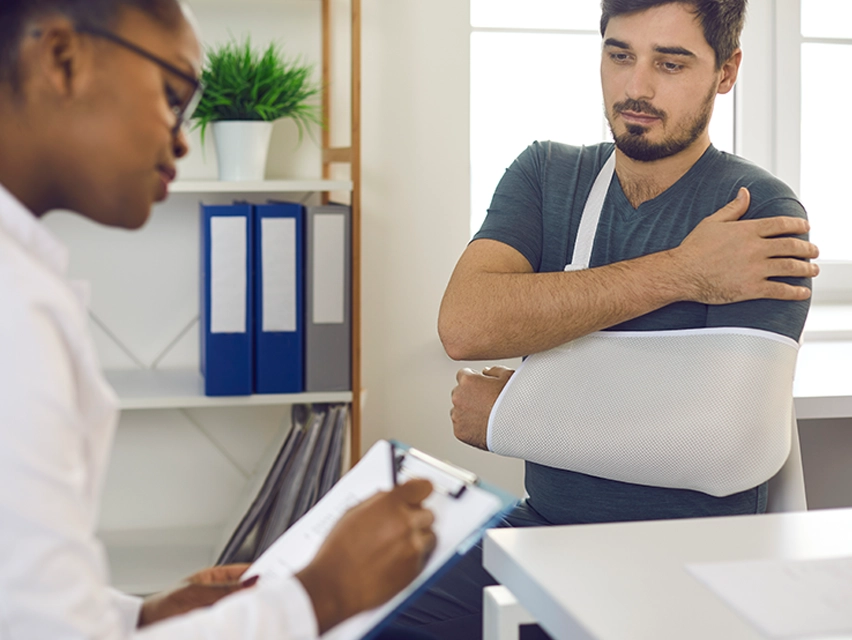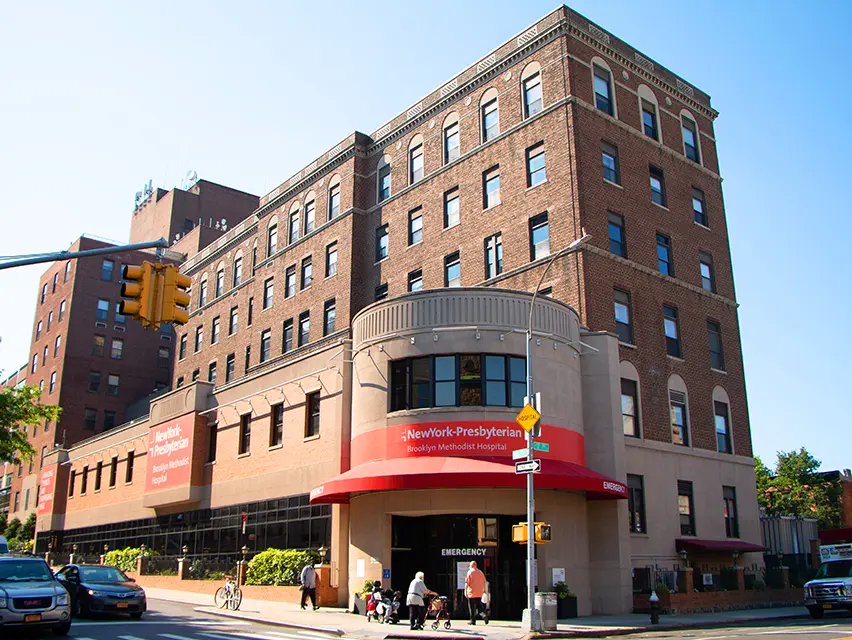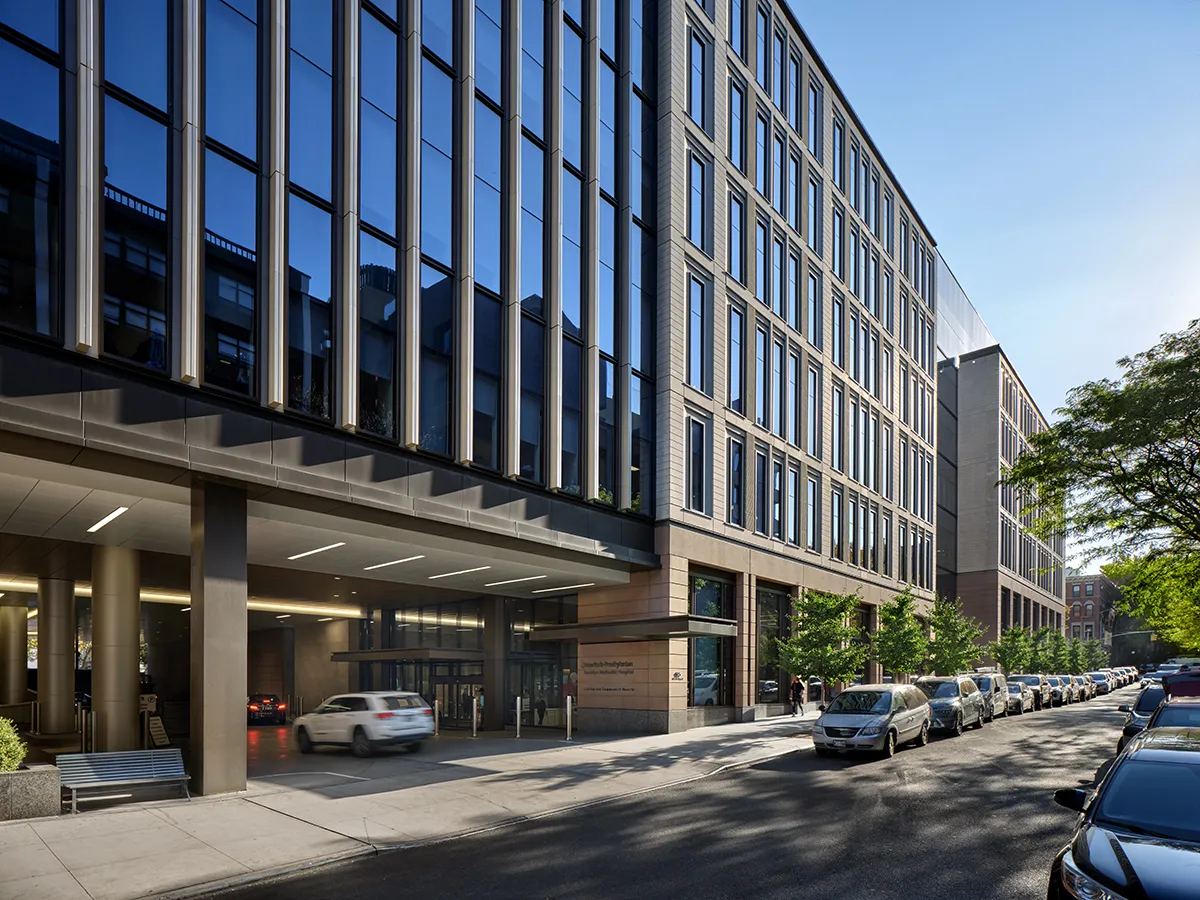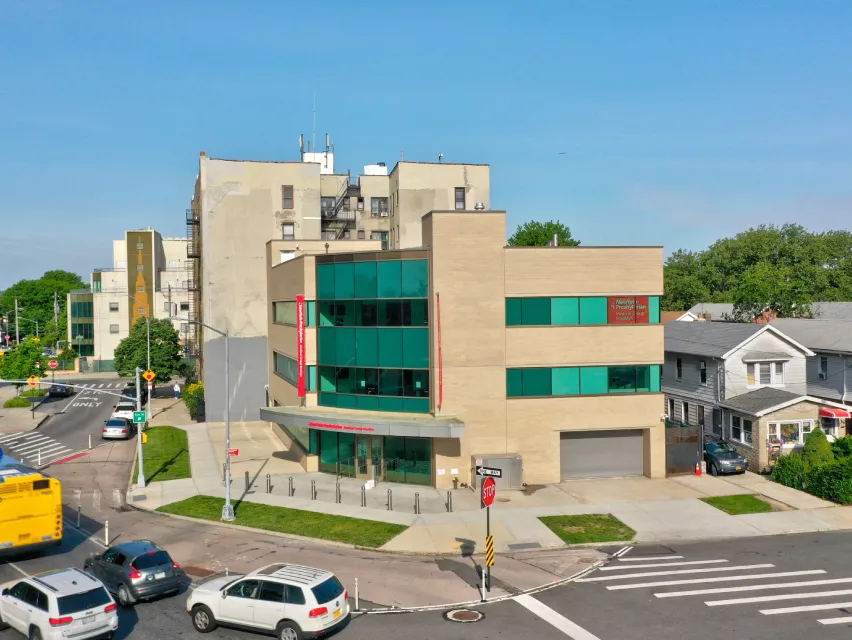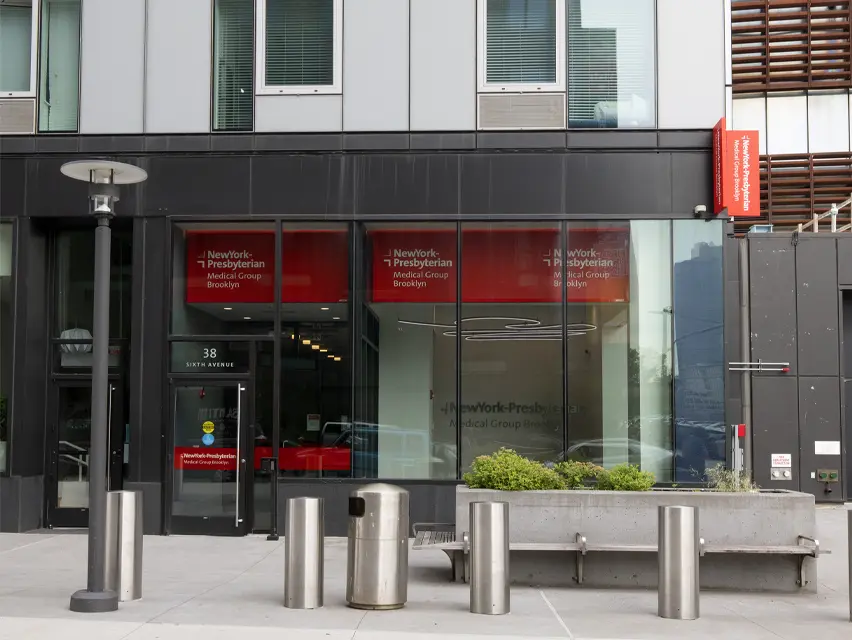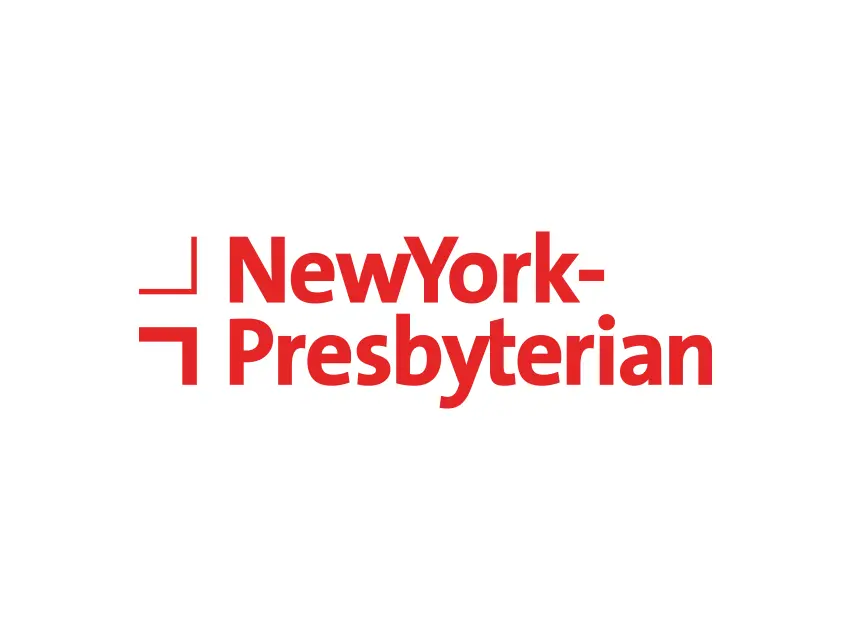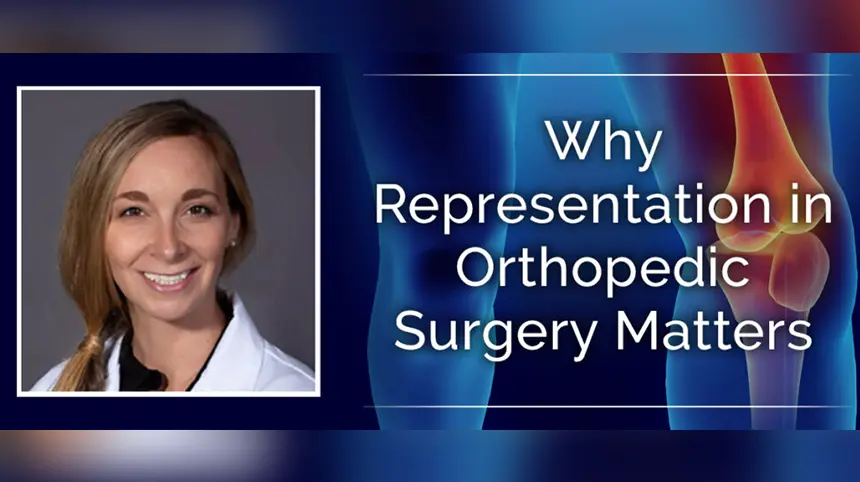At NewYork-Presbyterian Brooklyn Methodist Hospital, we offer a wide range of innovative procedures and treatments to serve patients throughout the region, from professional and student athletes to people seeking to improve their daily mobility. We’re committed to helping patients get back to the activities they enjoy without pain or restriction.
We provide a full continuum of surgical and non-surgical care focused on preventing, diagnosing, and treating sports-related injuries. Our sports medicine experts treat all types of injuries from concussions to ankle sprains. When appropriate, we use minimally invasive surgical strategies to help patients return to their activities even faster. We consider each patient’s unique needs and goals to create a successful, personalized treatment plan.




